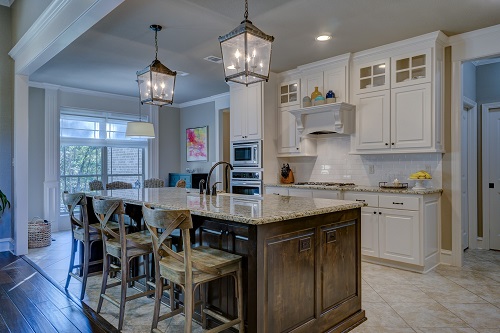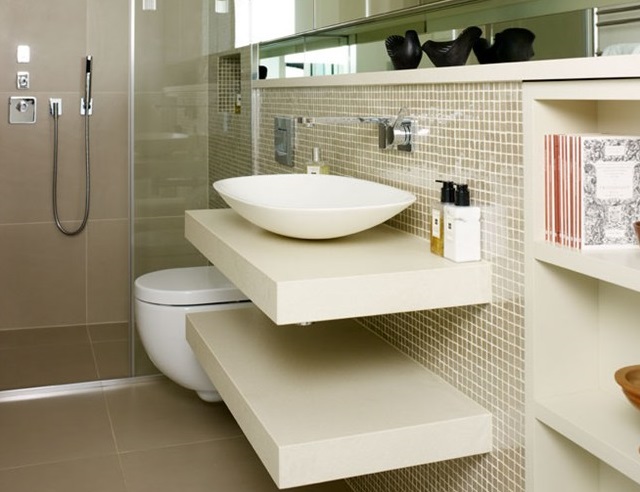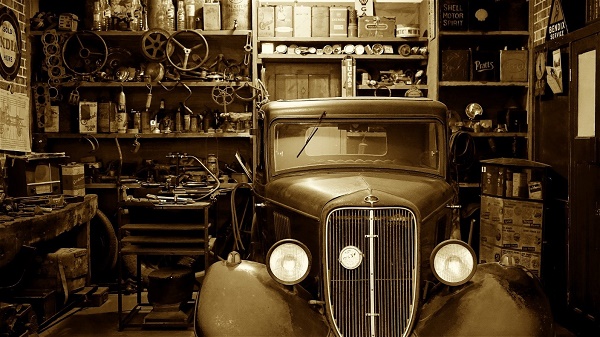This guide can be applied equally to the construction of a new house or renovations to an existing property. In each case, the general principles will be applicable but the emphasis may be slightly different.
Kitchen

The Kitchen has always been the heart of any household – the place for social events, and intimate family moments. And so, it’s become more and more common in new builds to forsake the traditional house plans of keeping the kitchen in the rear, separate from the living and dining spaces.
Newer builds now embrace the potential of the kitchen and are opting for more open plan living, a more balanced and free dynamic movement between the living and dining spaces and the heart of the house.
The design and overall finished look of the kitchen has become more important now than it ever used to be. There is a trend for the kitchen to be finished to showroom standards, but that doesn’t mean that close attention isn’t being paid to the functional aspects of the kitchen.
The kitchen is still first and foremost a practical room, the layout needs to not only add aesthetic value, but it needs to work for the occupants. The provision of storage is essential and all of these elements need to work in harmony with the rest of the house, in terms of colour, materials and overall ‘feel’.
The kitchen in the modern house is often seen as the room that epitomises the themes and design concepts of the home.
Bathroom

The average house now has more bathrooms than its traditional counterpart. As the standard of living increases so does our need for luxury. It’s not uncommon for the average three bedroom house to now have one or more main bathrooms and an en-suite in the master bedroom.
The drastic increase in the availability of bathroom products and equipment, such as tapware, sanitary fittings, tiles and so on… has created a competitive environment for homeowners wanting the very best and latest products for their bathrooms. The bathroom, along with the kitchen is an area that will receive the most scrutiny from any valuer or potential buyer.
In older properties the bathrooms will more often than not, be out-dated and small. There will probably be the need to enlarge or renovate the space. In most cases, it’s worth investing in a completely new bathroom as an en-suite to the master bedroom.
Garage

Almost all potential buyers find the prospect of a garage alluring. The garage isn’t just vehicle accommodation, but it provides extra storage space. It has now become an expectation, rather than a luxury, that each house will come with a generous garage.
The garage can be a place to store large cumbersome objects, including sporting equipment, maybe even a boat, ski boots, gardening tools and other household objects.
A lot of older houses were built with small garages or no garages at all, and so property owners can greatly increase the value of their house by adding and improving vehicle access. Consider even adding internal access into the house. This has become a strong preference for both security and weather protection.
Outdoor Living
Increasingly the average family chooses to spend more time in the outdoors. This means the development of exterior spaces for entertainment and relaxation has increased too. For a new house and an older property, the creation of an exterior living space would add value to the property.
Most prospective buyers are enthralled by the idea of a generous outdoor area with ample space for outdoor dining with a BBQ, adequate lighting and good protection from the weather.
Most buyers look for an outdoor living space with privacy, and it’s always a bonus selling point if your outdoor space has any views.
Maintenance
In older properties adequate maintenance and upkeep is vital. Most buyers are looking for a property with little, to no work needed.
Not only does a presentable house sell better to prospective buys but it reassures and gives them peace of mind that they do not have to face major inconveniences and costs on extensive building works.
Street Presentation.
The owner’s tastes and aspirations can often be depicted on the way the house looks. Presentation is everything, and valuers and buyers will definitely be judging the property from the moment they walk up to the front door. For example:
- How does it fit in to its surrounding? Does it look like it belongs?
- Does it stand out from other houses or does it blend in?
- What attractive features have you incorporated in the design?
- How have you designed the front garden in keeping with the overall design of the interior.
Good Design.
More often than not, a well design house, with good architecture will sell itself. A good architect will ensure that the following design features aren’t an issue:
- Privacy
- House orientation to get the most out of the winter sun, but blocking the summer sun.
- The right arrangements of rooms.
- Minimizing hallway usage.
Think about it from the buyer’s point of view, if they’re viewing a number of houses, then it will be the house that does all these things that comes across as more appealing.
There are many factors to consider when it comes to the re-sale value of any property. These tips should be a brief guide that can be applied to most houses.